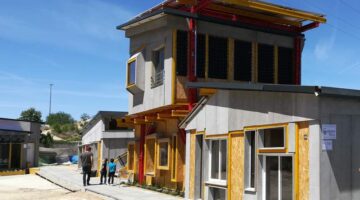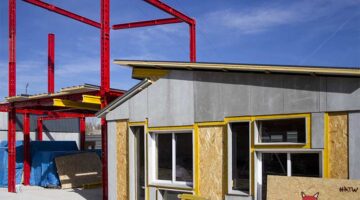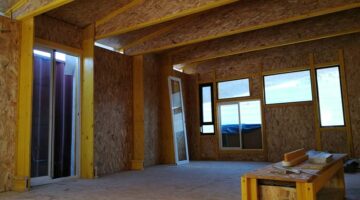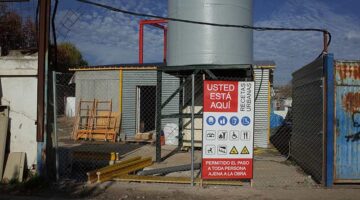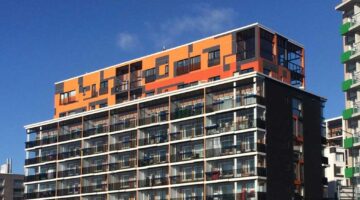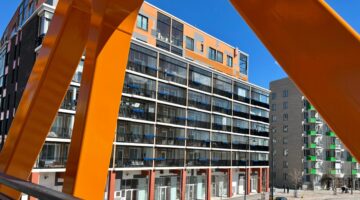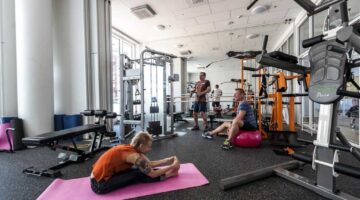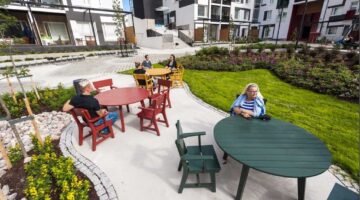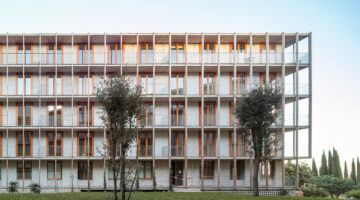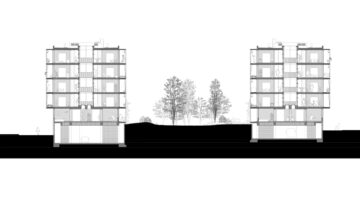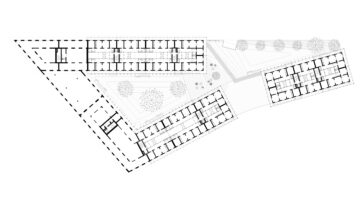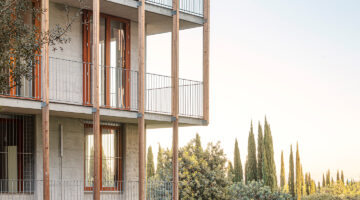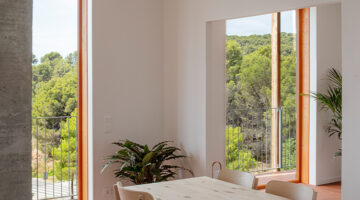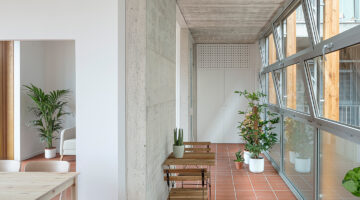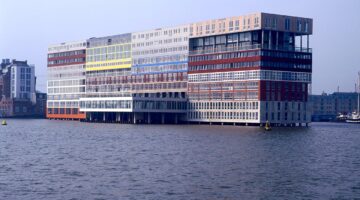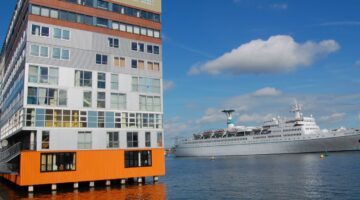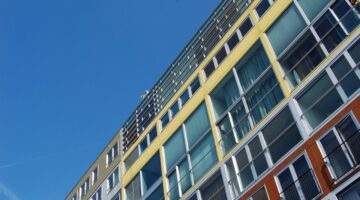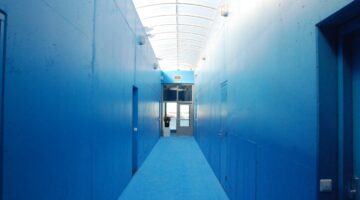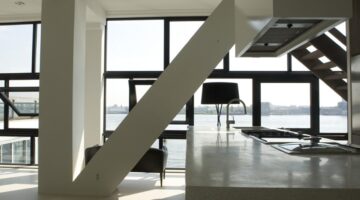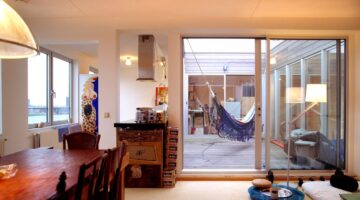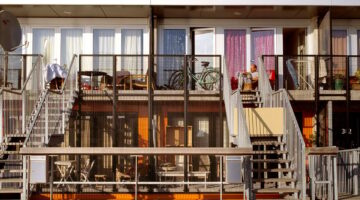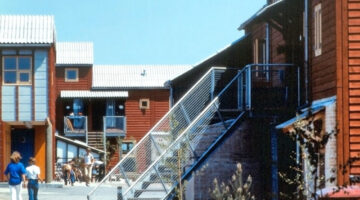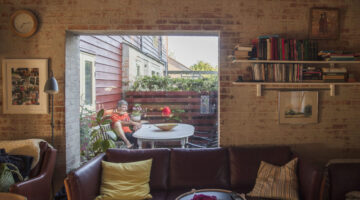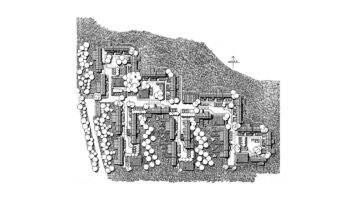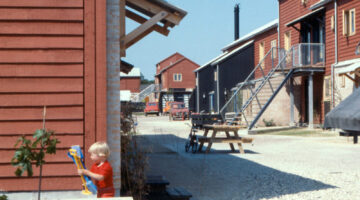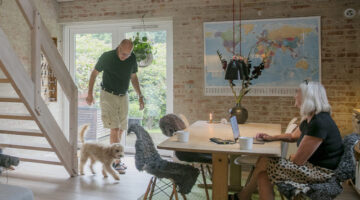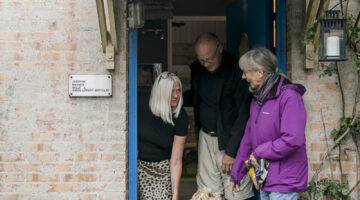Asertos, Alicante
Main objectives of the project
Asertos is a participatory local development programme originating in the Valencian Community, Spain. The aim is to accompany people and communities in vulnerable neighbourhoods in the improvement of their homes and streets. We use these material improvements to foster the construction of strong and self-sufficient communities.
Date
- 2017: Implementation
Stakeholders
- Architect: Quatorze
- Architect: Arquitectos sin fronteras
Location
Country/Region: Alacant / Alicante, Spain
Description
In many regeneration projects in vulnerable neighbourhoods, there is little involvement of local residents. Generally, small spaces for participation are opened up or a superficial accompaniment is offered. In the end, the main objective is to rehabilitate a few houses. However, Asertos' radical vision is based on the idea that housing is only a means to build better, more inclusive and resilient communities. Therefore, they start from community action to promote new neighbourhoods.
The premise is that regeneration should not come from outside the neighbourhood. On the contrary, residents must be empowered to drive the regeneration of their homes and public spaces. In this way, external resources dedicated to the improvement of housing and common spaces also serve to reinforce the social cohesion of the community.
Assertions are accompanied by collective action and social involvement in order to develop specific projects that make it possible:
- Improve coexistence between neighbours through participation.
- Attend to the needs of the dwellings through comprehensive refurbishments driven by the residents themselves.
- Generate a local economy to teach trades, generate income, open up new economic opportunities or provide new jobs and resources to the community.
All this is based on the Asset-Based Community Development methodology, promoted in Europe by Nurture Development. Based on the discovery of the local resources that the community possesses (skills, passions, interests, places, associations, businesses, stories, etc.), we set up a Neighbourhood Resource Bank. With these ingredients, we work on identifying shared needs to connect and mobilise these resources. Through this process of community building, communities move towards a position of power and autonomy, avoiding excessive professionalism and welfarism, and gaining in health and well-being.
Thus, the aim is not only to rehabilitate housing, but also to generate a better and more robust economy, associative fabric and coexistence than when the project began.
It is one of the most radical community action projects ever carried out in Spain, applied to urban regeneration. Although the project began in the Alicante's "Barrio del Cementerio", they are now also working in other highly vulnerable parts of the city.


